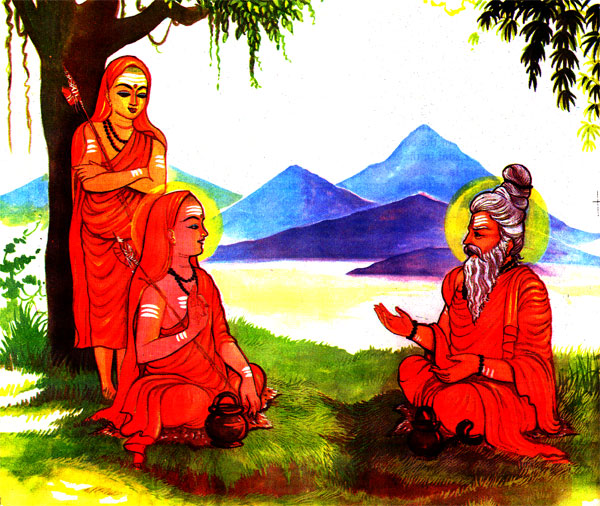Here is an example of the style of painting which emerged in India under the British East India Company:
Great Indian Fruit Bat

Date: ca. 1777–82
Geography: India, Calcutta
Culture: Colonial British
Medium: Pencil, ink, and opaque watercolor on paper
Dimensions: Mat size: Ht. 27 1/4 in. (69.2 cm)
W. 35 1/2 in. (90.2 cm)
“In 1777, Sir Elijah Impey, chief justice of Bengal between 1774 and 1782, and his wife, Lady Mary, hired local artists to record the specimens of Indian flora and fauna they collected at their estate in Calcutta. Over the next five years, at least 326 paintings of plants, animals, and birds were made for the Impeys. On most of these works, the name of one of three artists—Bhawani Das, Shaykh Zayn al-Din, or Ram Das—appears along with the Hindi name of the animal and the phrase, in English, “In the collection of Lady Impey at Calcutta.” Although this painting bears no such inscription, it is closely related to another painting of a bat by Bhawani Das, and it has always been associated with Impey patronage. One can imagine Bhawani Das and the anonymous artist of this painting working side by side, observing the animals, but whereas Bhawani Das’ painting depicts a tawny-colored female bat centered on the page with both wings outstretched, his fellow artist has created an asymmetrical composition in shades of gray and black of an emphatically male bat with one wing dramatically unfurled.” (Source: Metropolitan Museum of Art)
Quite a looker isn’t he? I recently saw an interesting corner of the Metropolitan Museum of Art which I hadn’t seen before. It was a room labeled “Company Painting in Nineteenth-Century India.” For some reason I just hadn’t come across this room in prior wanderings. I decided to show you all some of the drawings and paintings I saw, with some historically related works interspersed for comparison.
The Company paintings are worthy of our notice because they reflect Indian aesthetic culture in this fascinating, relatively narrow slice of time between the Mughal state and the British state, when India was under Company rule. Mughal trained painters were able to modify their craft to suit British tastes, but this slight change put them (generally speaking) out of the genre of imaginative, decorative court art and into the genre of scientific sketches, administrative records, or more rarely, a sort of elite tourist kitsch. The Indian artists in this collection have been forced by circumstance to depict less conventionally beautiful plants and animals, and in a more realistic style. The cultural change from luxuriant Mughal court system into the impersonal knowledge aggregating machine of the colonial period is reflected in painting. Its pretty cool.
They are also fascinating because it shows us a period in Indian history where British artists suddenly join Hindus, Muslims in a shared aesthetic genre depicting the Indic subject matter. Take a look at these scientific drawings of plants for example:
Ashoka Tree Flower, Leaves, Pod, and Seed
-
Date: first half 19th century
Geography: India, probably Calcutta
Culture: Colonial British
Medium: Opaque watercolor on paper
Dimensions: Page: H. 23 1/4 in. (59.1 cm) W. 17 5/8 in. (44.8 cm)


